This is one in a series of posts on the Nikon Z6 and Z7. You should be able to find all the posts about that camera in the Category List on the right sidebar, below the Articles widget. There’s a drop-down menu there that you can use to get to all the posts in this series; just look for “Nikon Z6/7”.
In the previous post, we looked at the out of focus point spread functions of the Nikon 50 mm f/1.8 S lens on a Nikon Z7, which is a good way to get a handle on the lens’ bokeh for far out of focus objects. Now we’ll take a look at the transition from in to out of focus.
In order to have something to compare the 50S with, I make similar images with the Nikon 58 mm f/1.4 G, a lens known for its bokeh. I backed off a bit to compensate for the focal length difference, but I didn’t go far enough.
First, a look at almost the entire picture height.


This wasn’t what I set out to learn, but we’ve already learned something about the relative transmittance of the two lenses, or maybe it’s just that the camera didn’t set the f-stops the way it said it did. Both of those images were made at f/1.8, 1/200 second, at ISO 400, and were developed identically in Lightroom. The size of the blur circles of the lights in the background would seem to indicate that the f-stops weren’t the same, but the longer focal length of the 58 will tend to make them bigger.
Looking at the far-OOF lights, the smoother bokeh of the 58 is apparent. Same with the branches in the background.


This image makes it look like the 58 has a higher transmittance than the 50S since the relative size of the blur circles is about what you’d expect from the focal length difference. The 58 is smoother, but the difference is not striking.

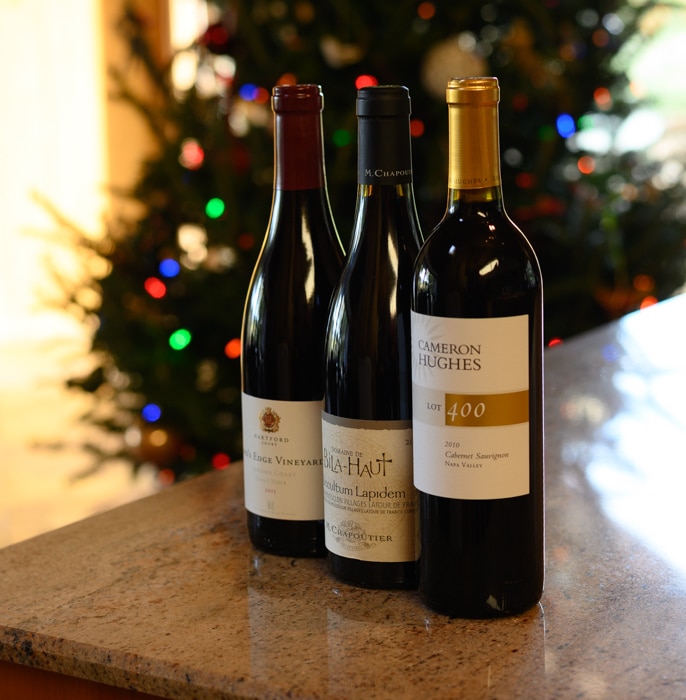
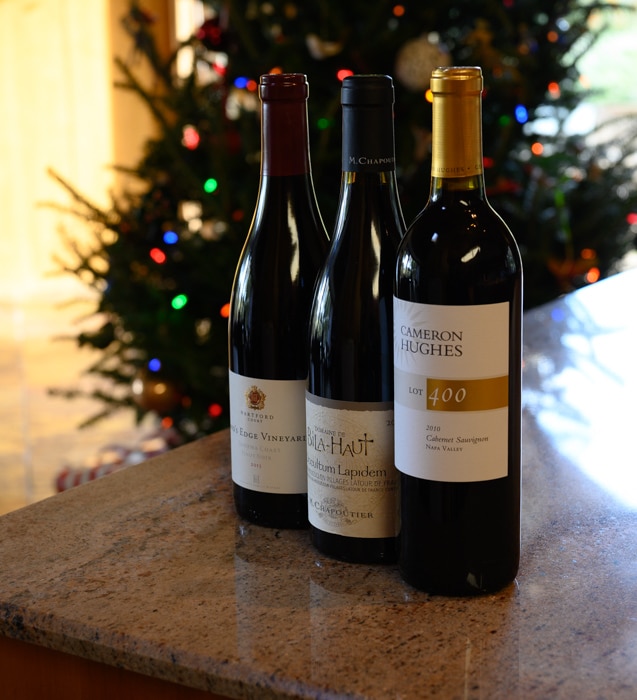
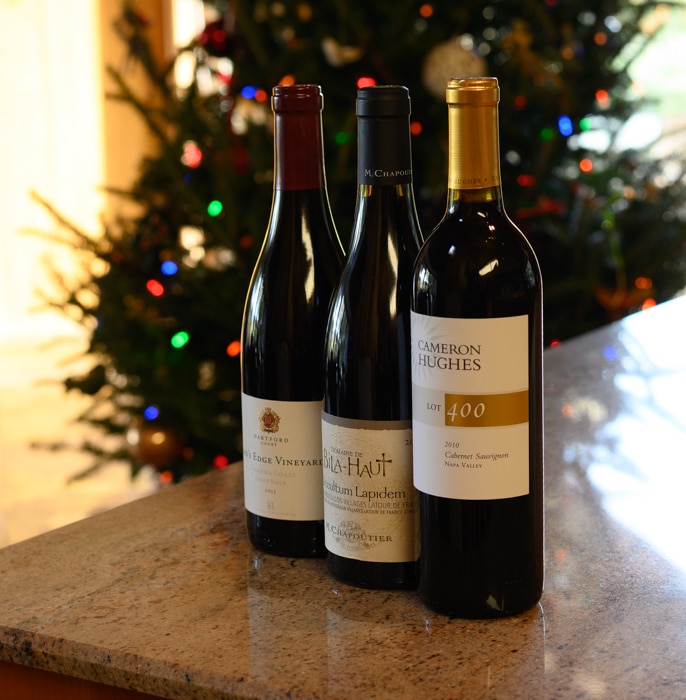
I invite you to draw your own conclusions about the f/4 and f/5.6 shots.
Now let’s look at the transition region.
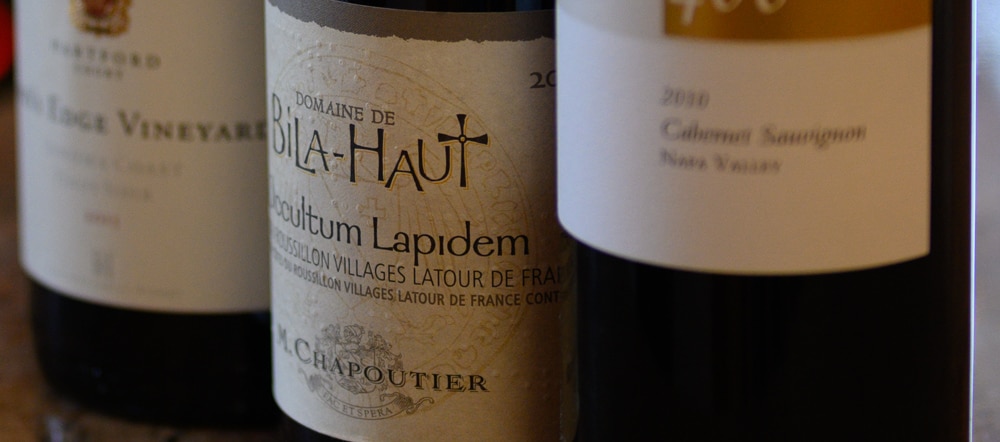
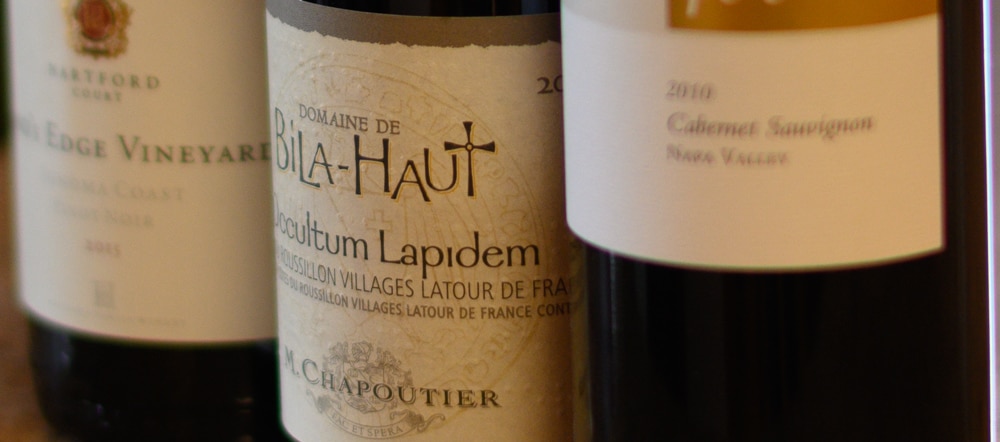
The 58 is a bit smoother. I’ll show you the rest without individual comment.
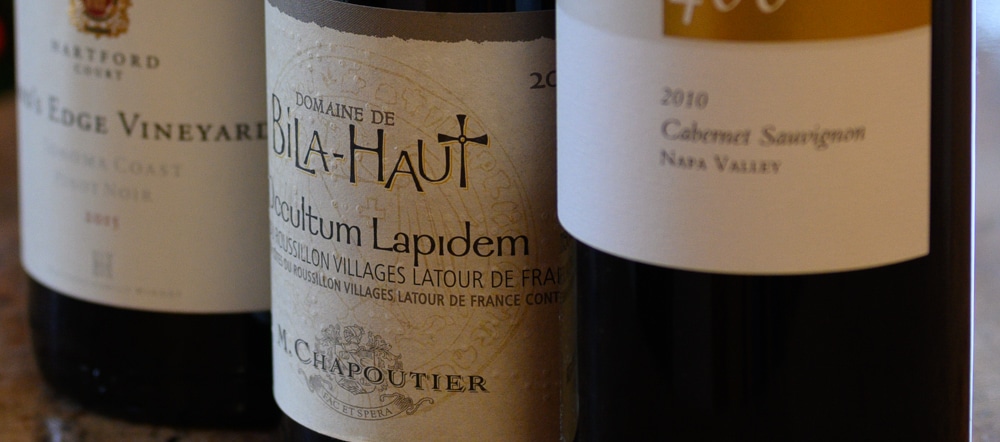
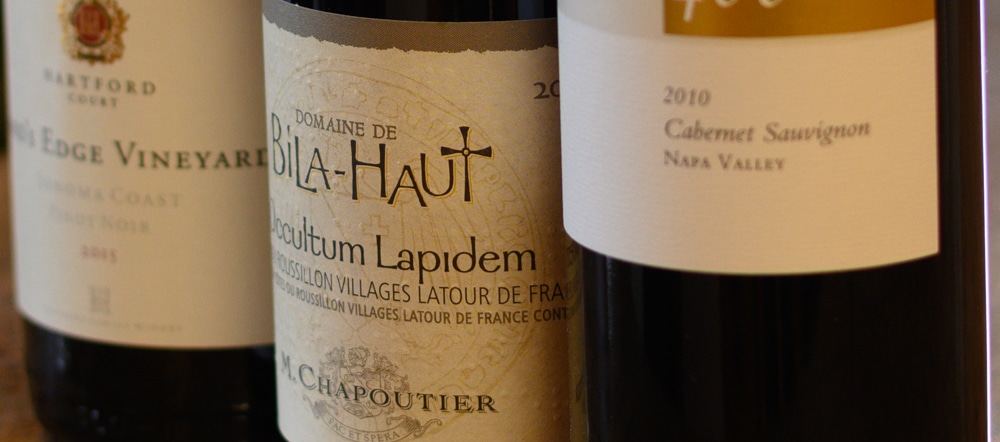
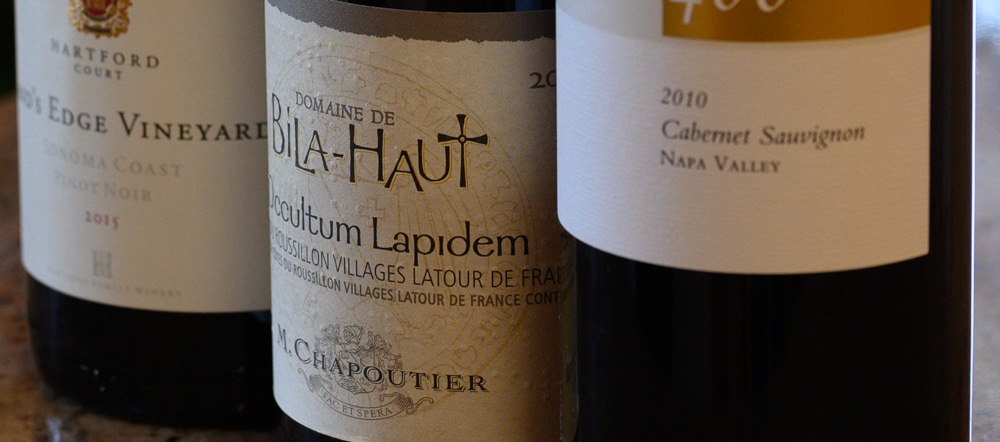
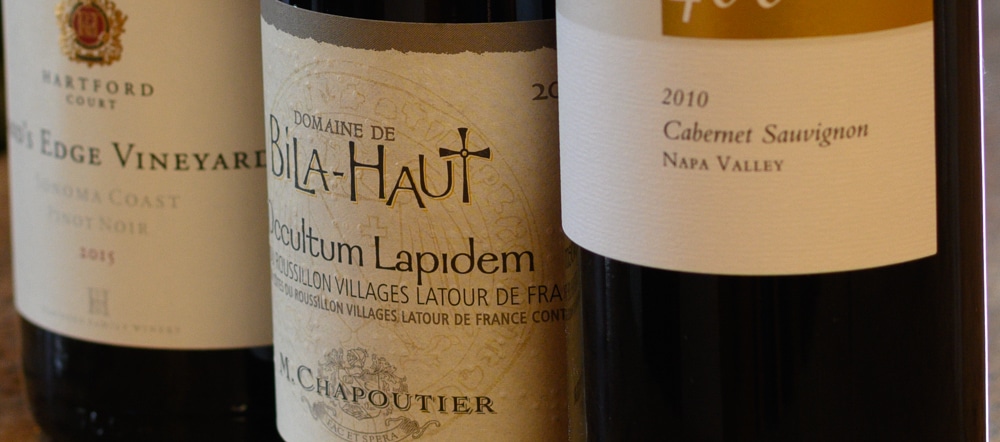
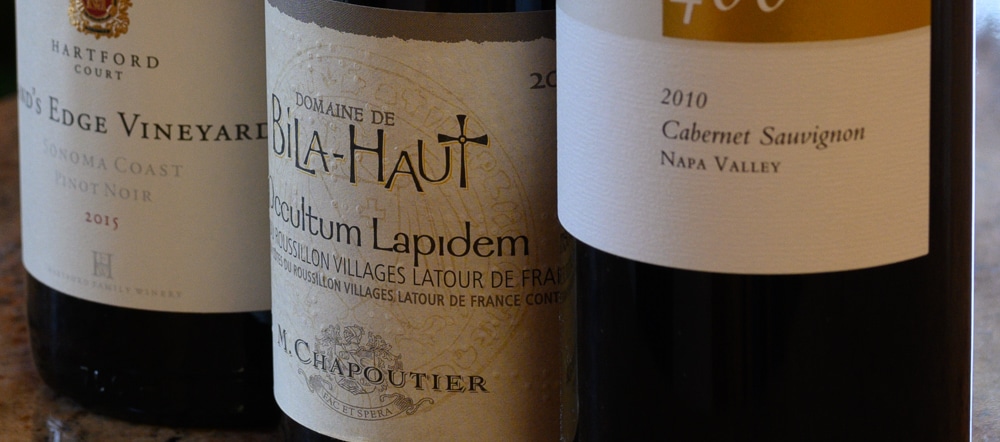
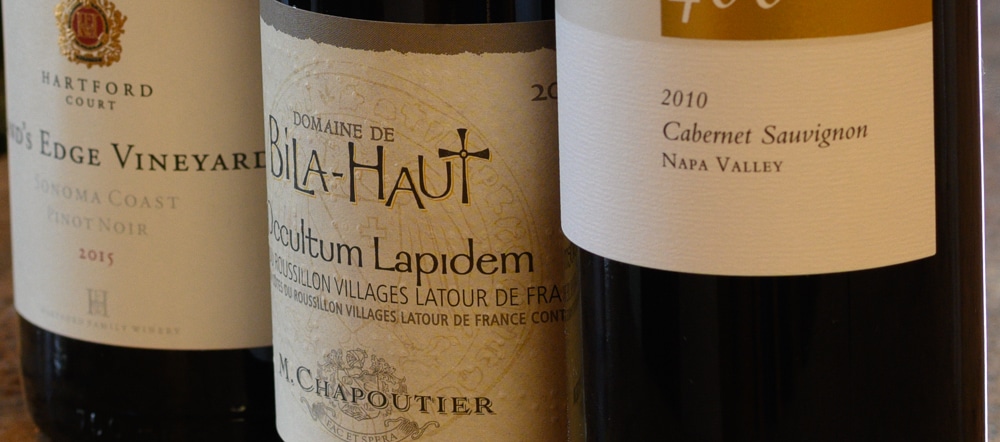
I think the 50S is doing pretty darned well in this somewhat unfair comparison.
Note: I should have white balanced to a gray card, but I just used the as-shot setting. My bad.
Micah says
More than focal length, the issue of comparing the 50 S vs. the 58G at 1.8, is that stopping the 58G down at all will hide the natural mechanical vignetting that they surely both experience. I’m curious if you’d see that at 1.4 with the 58. As far as I know, there are no lenses 50 or longer, that don’t produce “cats eye bokeh” in the corners.
Other than that, it looks to my eye like the 50S is nearly apochomatic! At least by comparison.
N/A says
/offtopic/
noticed on dpreview – “What does a lens need to support PDAF?”… Lens needs __NOT__ to have APOdization element inside for that (in addition to having AF motor/screw drive mechanism + means to communicate with a proper camera body) – it seems that the only lens w/ APOdization element so far that can do any kind of AF is Fuji’s 56/1.2 and it is still naturally CDAF only
CarVac says
The Sony 100 f/2.8 STF GM OSS has autofocus.
Dennis Smith says
Hi;
Just found your site. Really nice. I was wondering if you know what the COC setting is used on the Nikon Z lenses? I know that most of the F lenses used 0.03 (and sometimes 0.033). However, I was wondering if that changed for the S lenses and is more closer to 0.025 (Zeiss standard).
Thanks, Dennis
JimK says
I don’t know the answer to that. There are no DOF markings on the S lenses because they are focus by wire. I’ve never looked at having the camera show me DOF any other way, since I consider 30 um or thereabouts pretty sloppy.